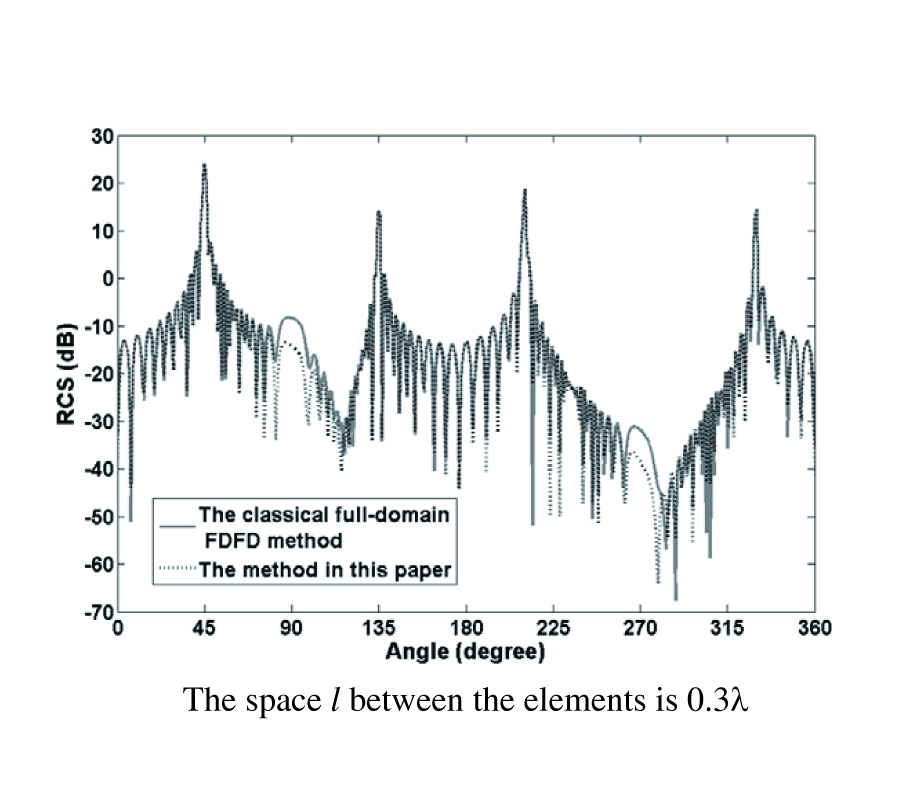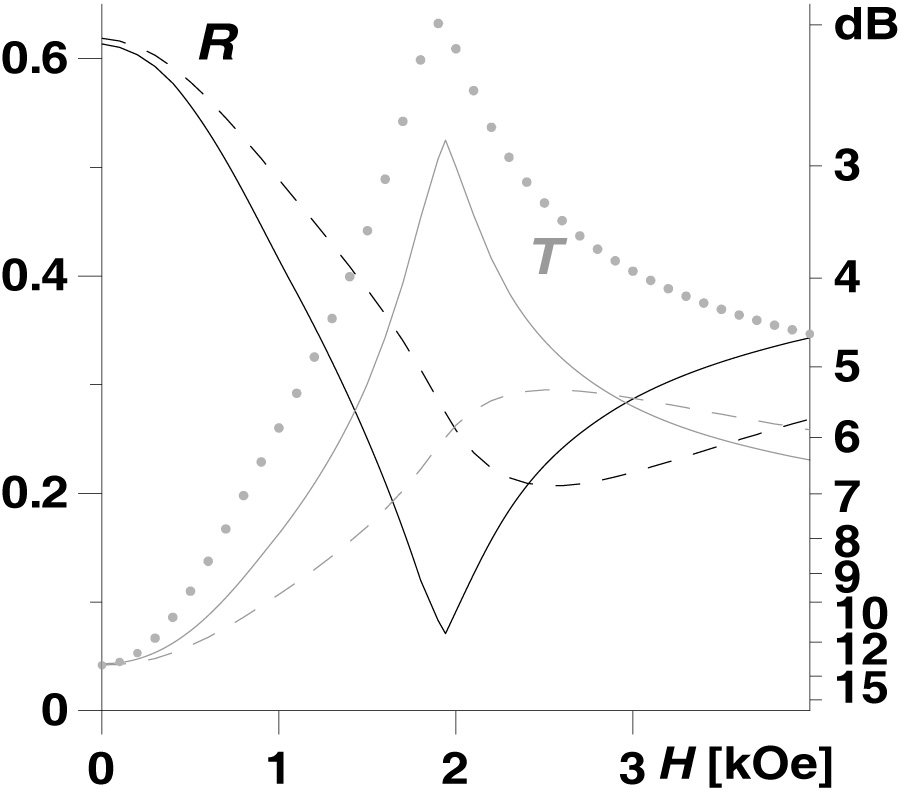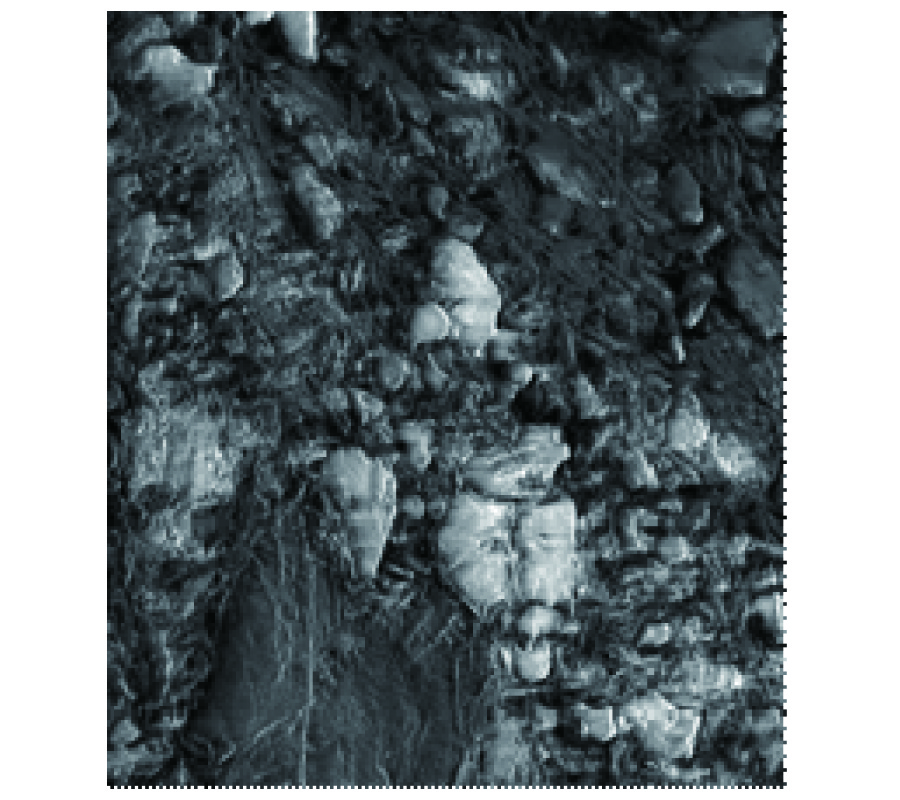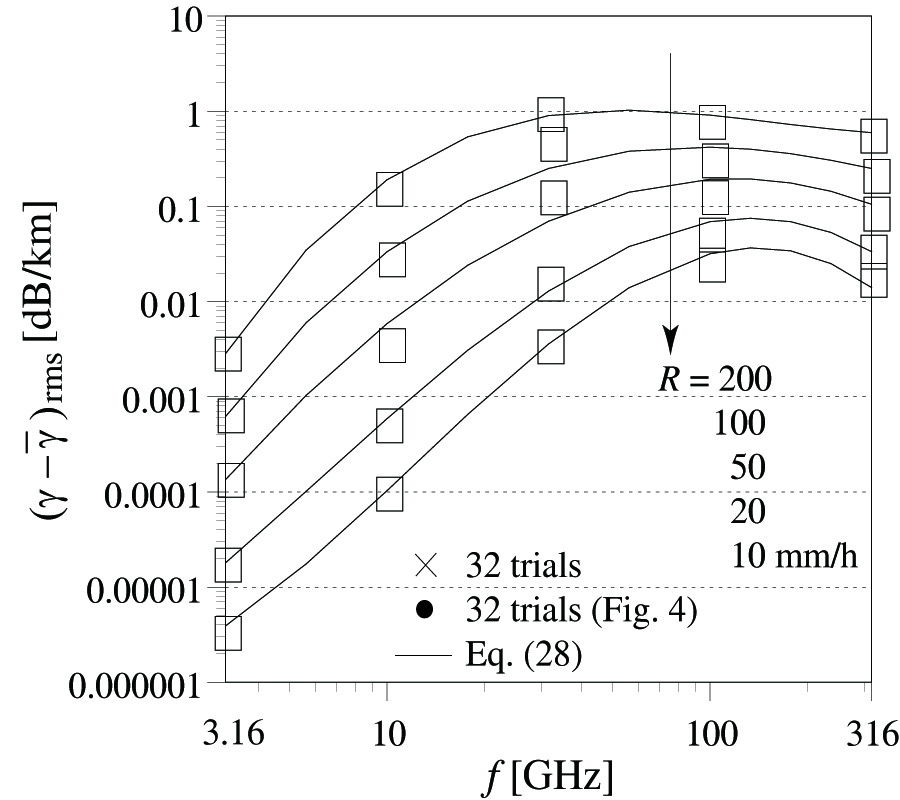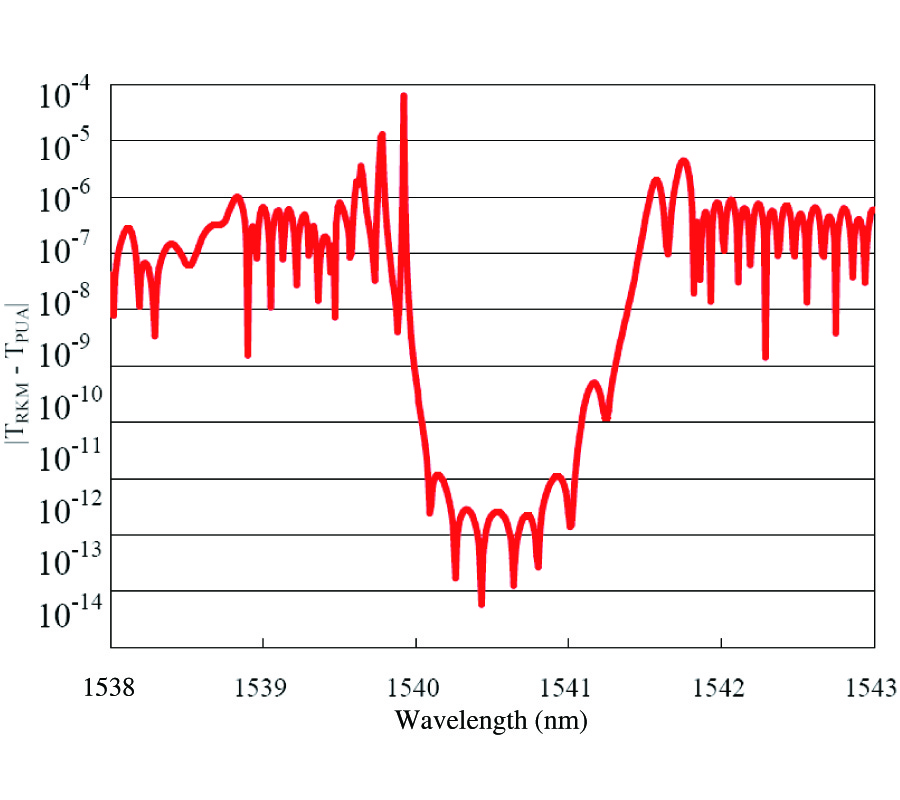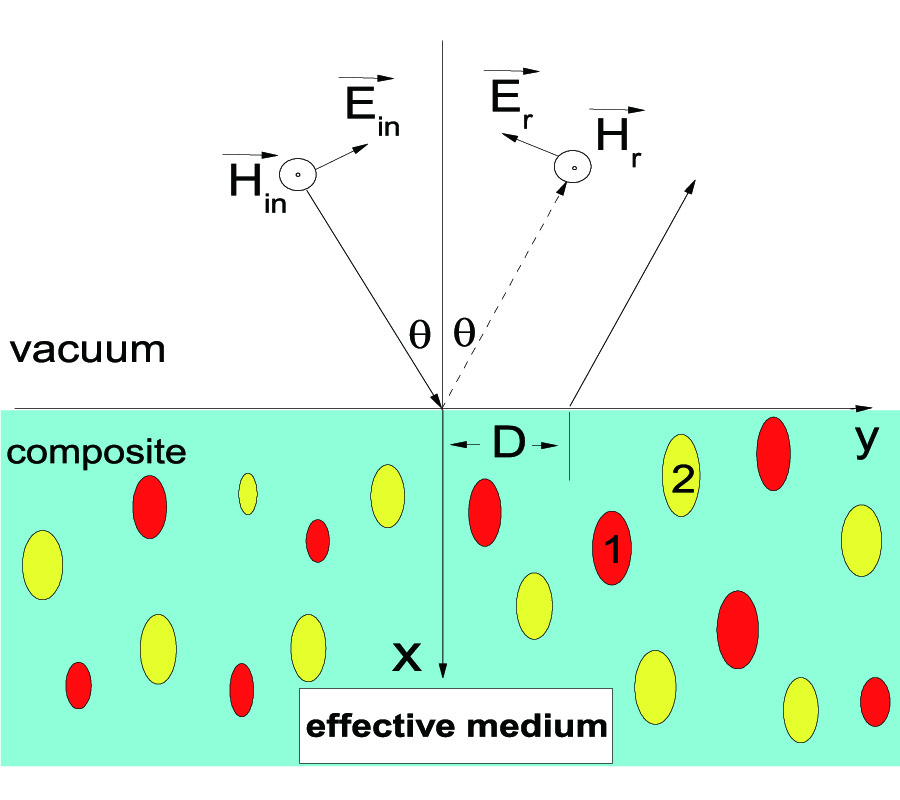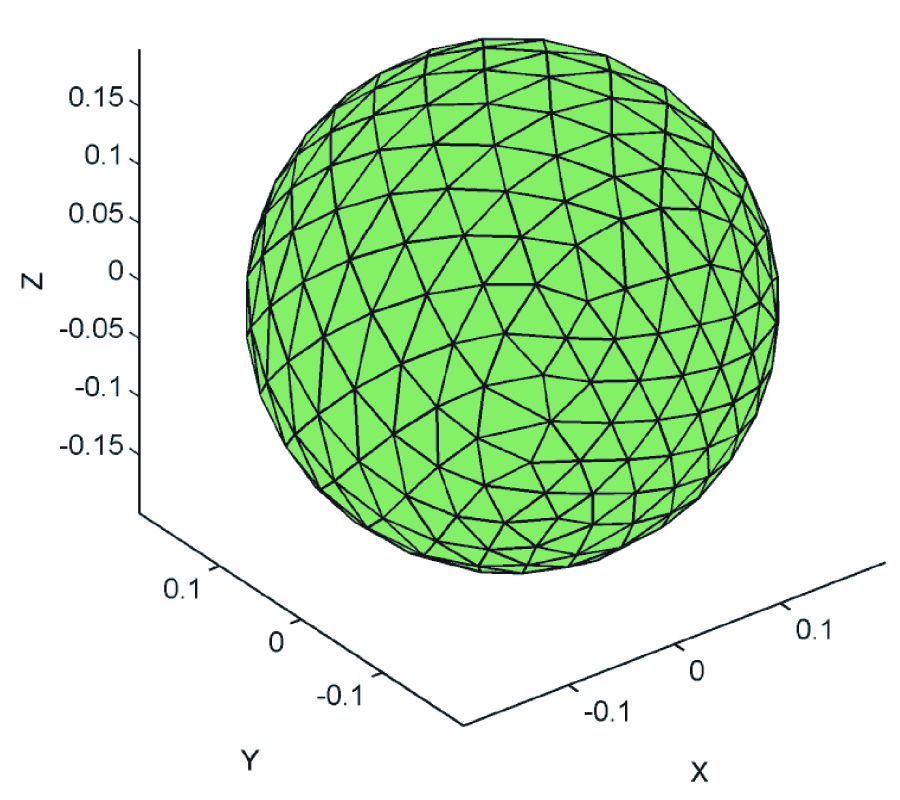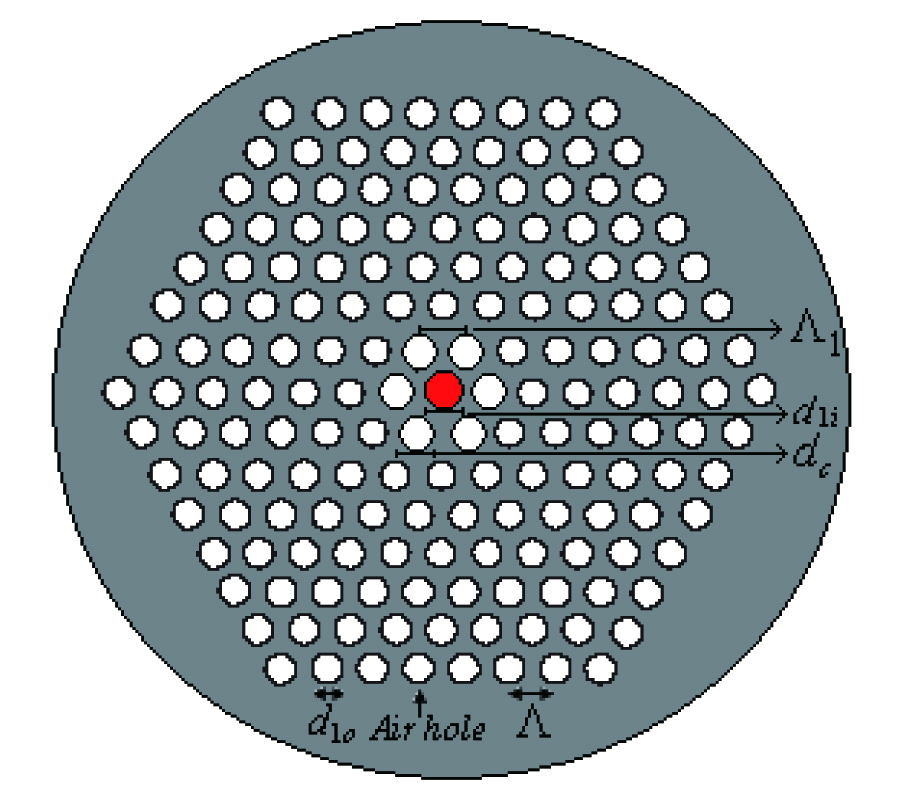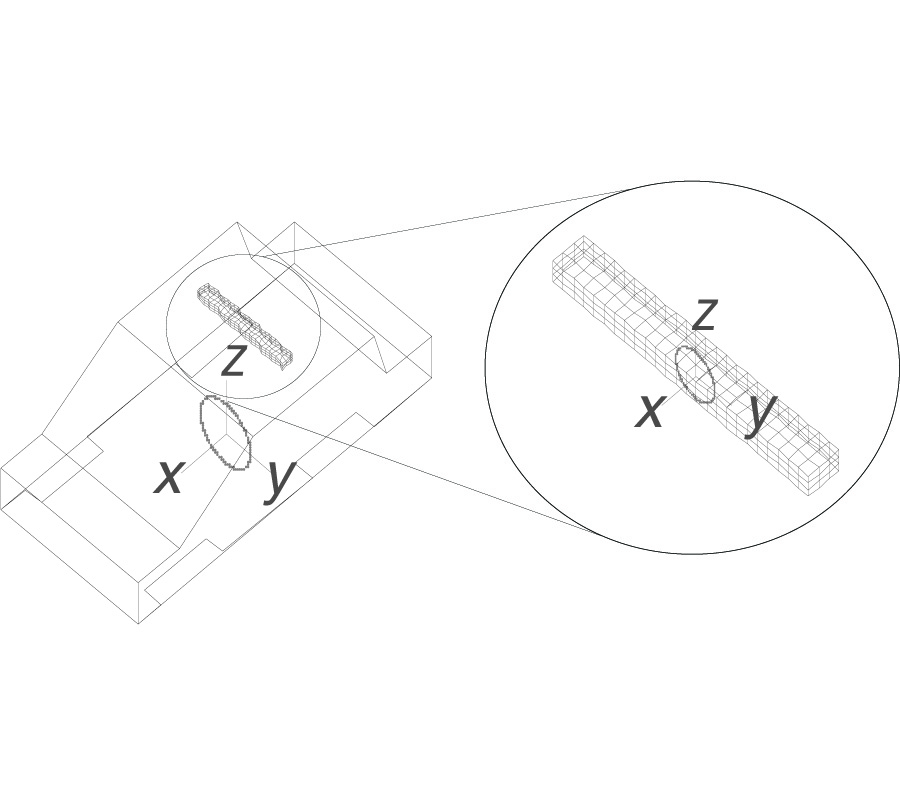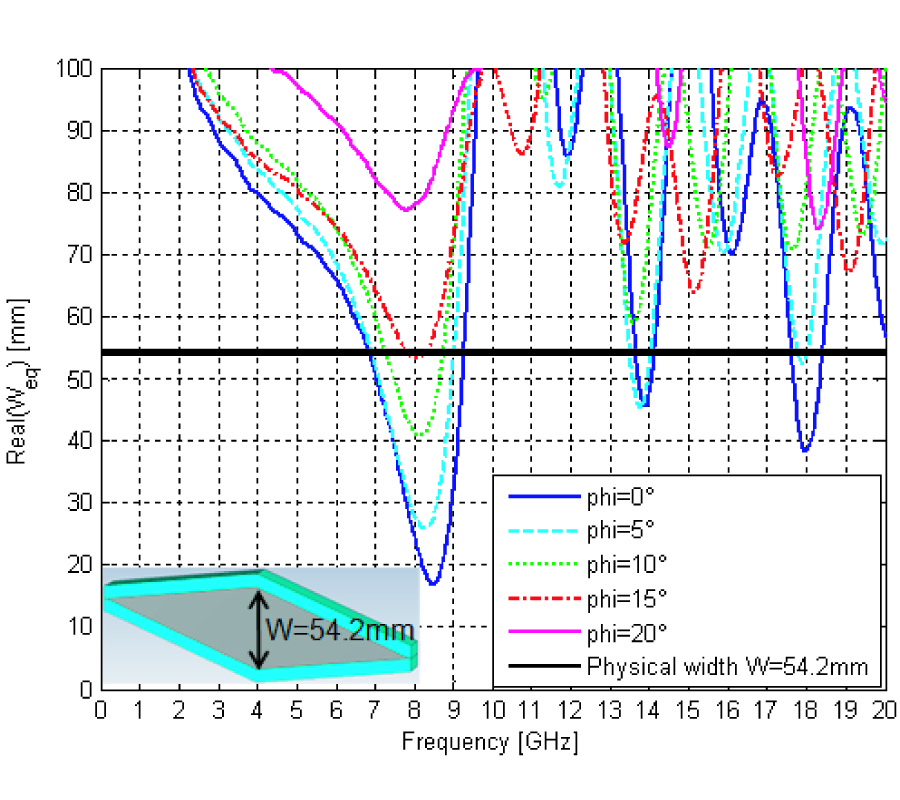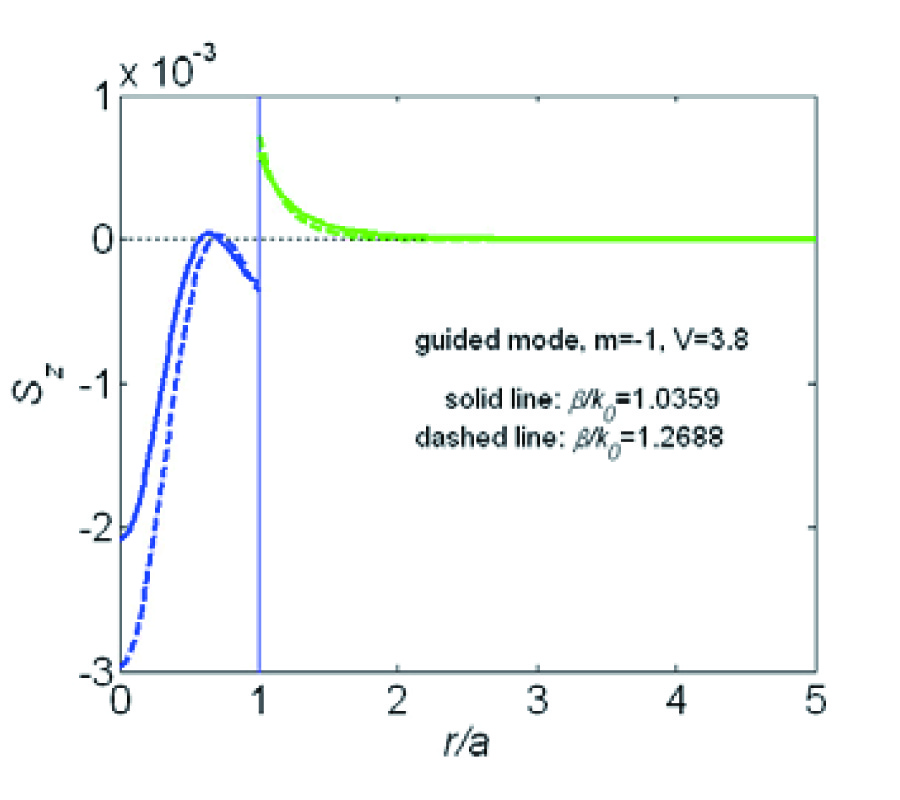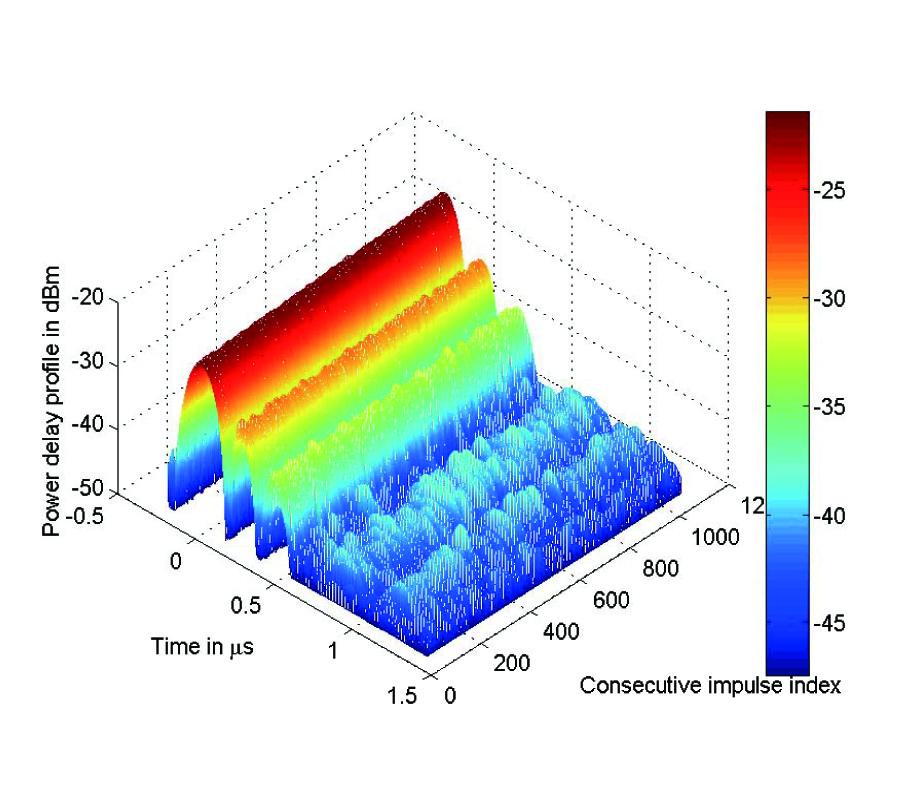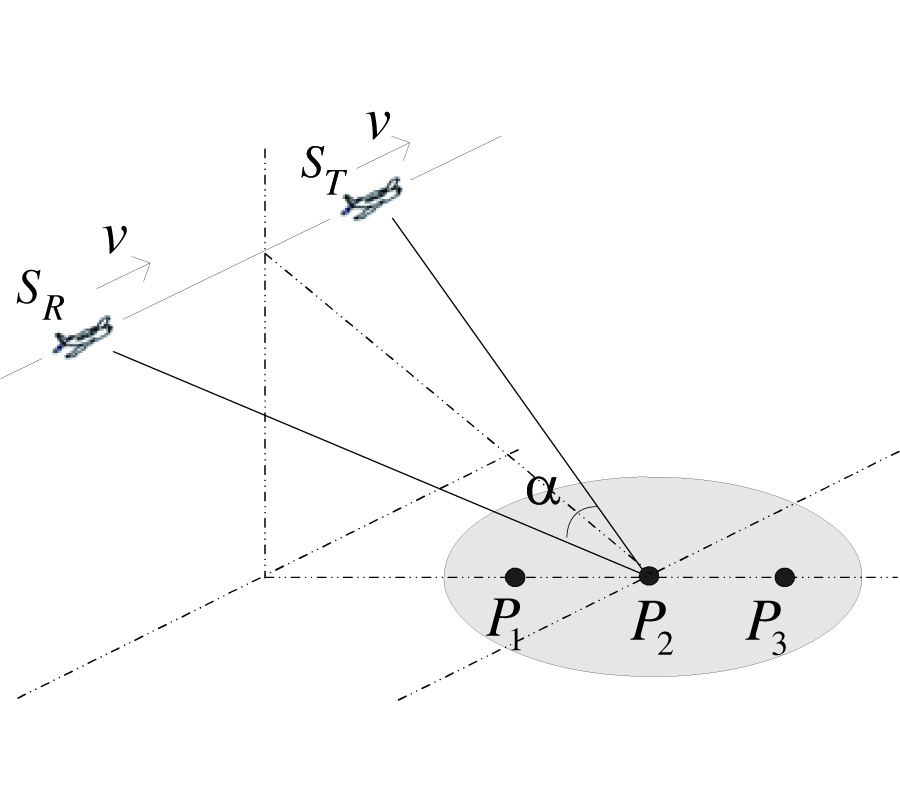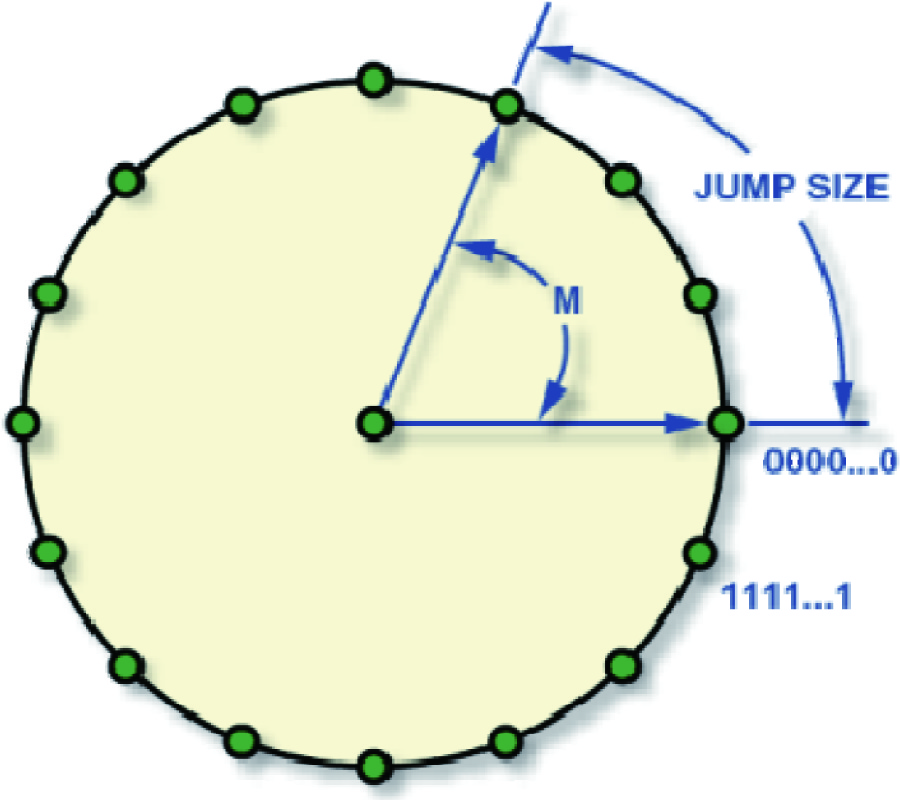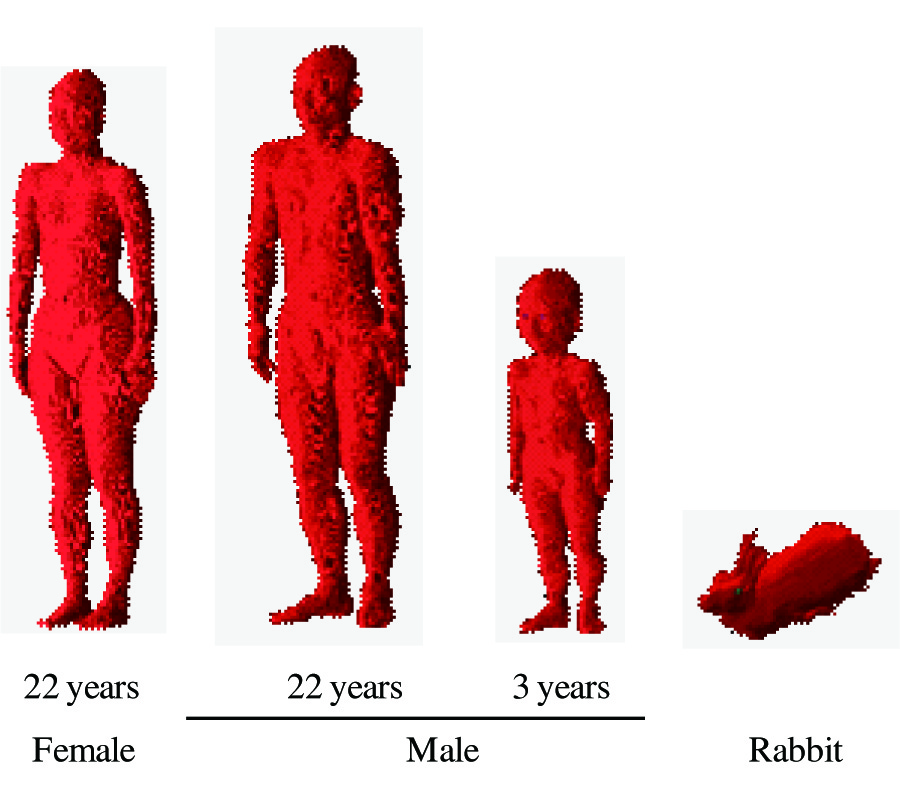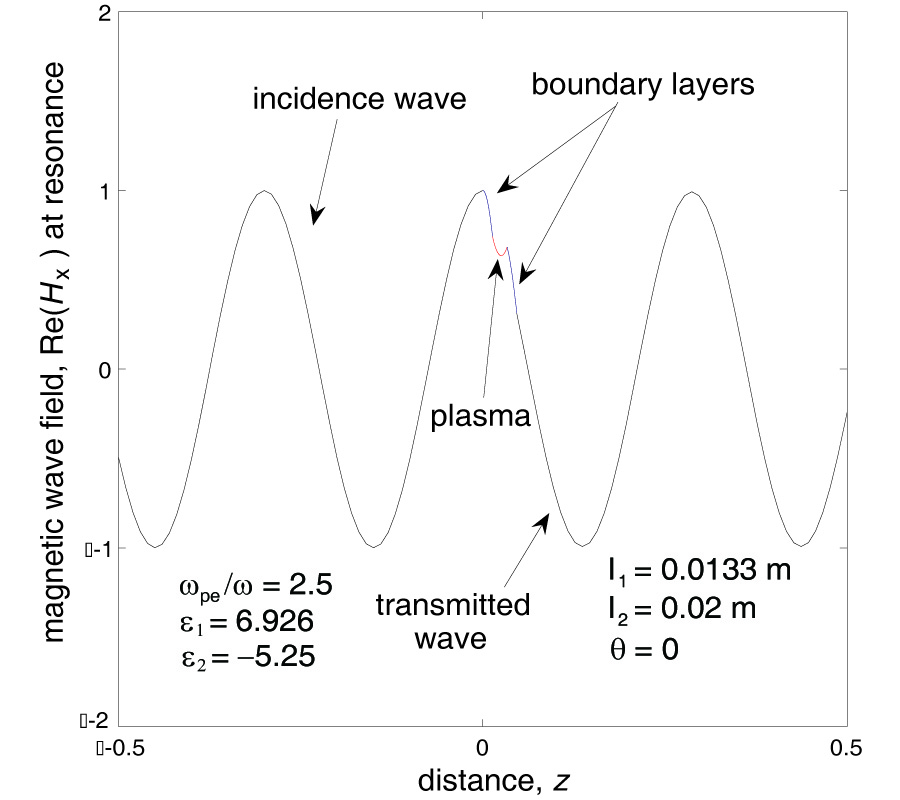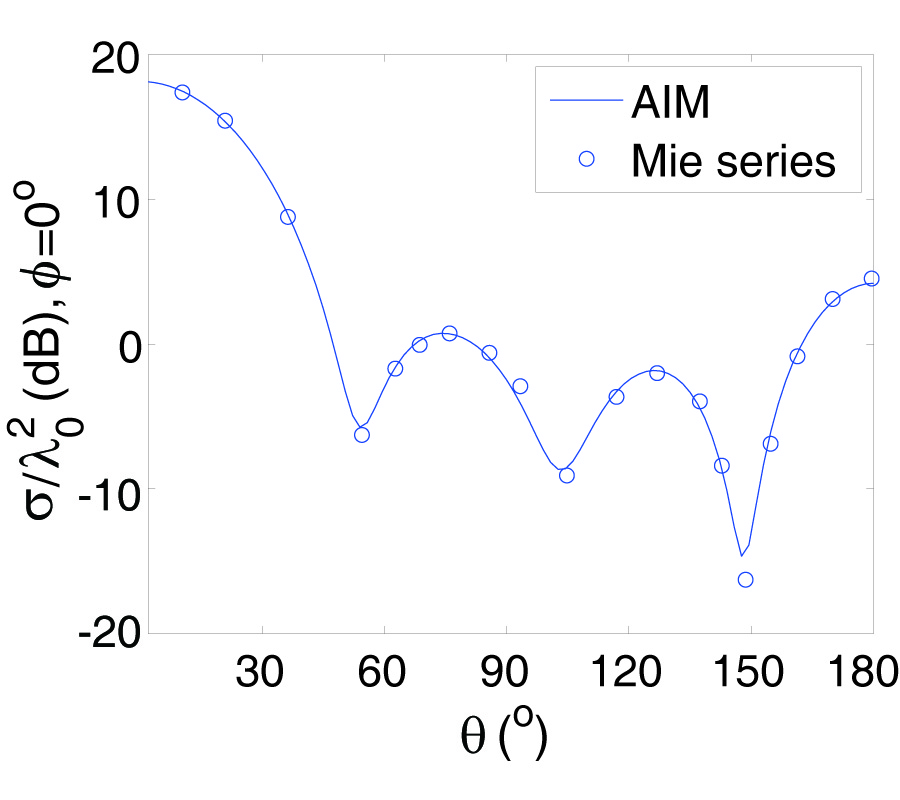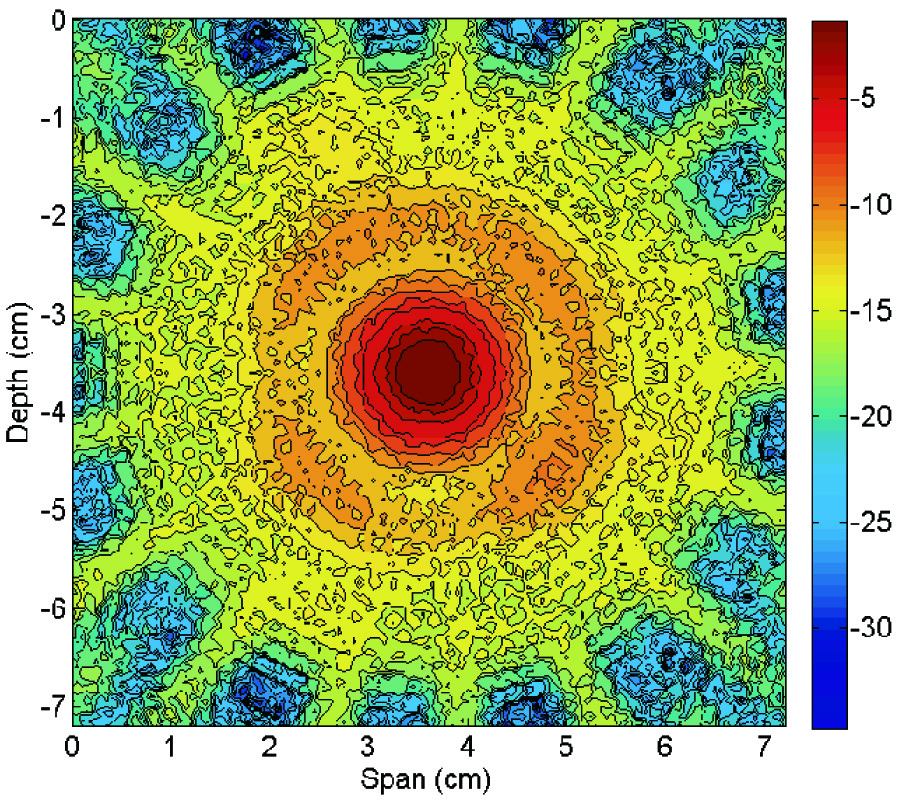Specialty Fibers Designed by Photonic Crystals
Najmeh Nozhat
and
Nosrat Granpayeh
In this paper, several kinds of photonic crystal fibers (PCFs) have been proposed and characterized. Two types of PCF structures have been proposed, air holes in silica or silica rods in air in a triangular lattice around the core. It has been shown that by reshaping the cladding holes, varying the diameters of the holes in one or two rows around the core or changing the refractive index of the holes, different types of specialty fibers, such as dispersion shifted fibers (DSFs), non-zero dispersion shifted fibers (NZ-DSFs), dispersion flattened fibers (DFFs), dispersion compensating fibers (DCFs), and polarization maintaining fibers (PMFs), can be designed. The PCF core is silica to support the propagation of lightwave by total internal reflection (TIR) in the third telecommunication window. The chromatic dispersion, confinement loss and modal birefringence of the proposed specialty fibers have been numerically derived.
